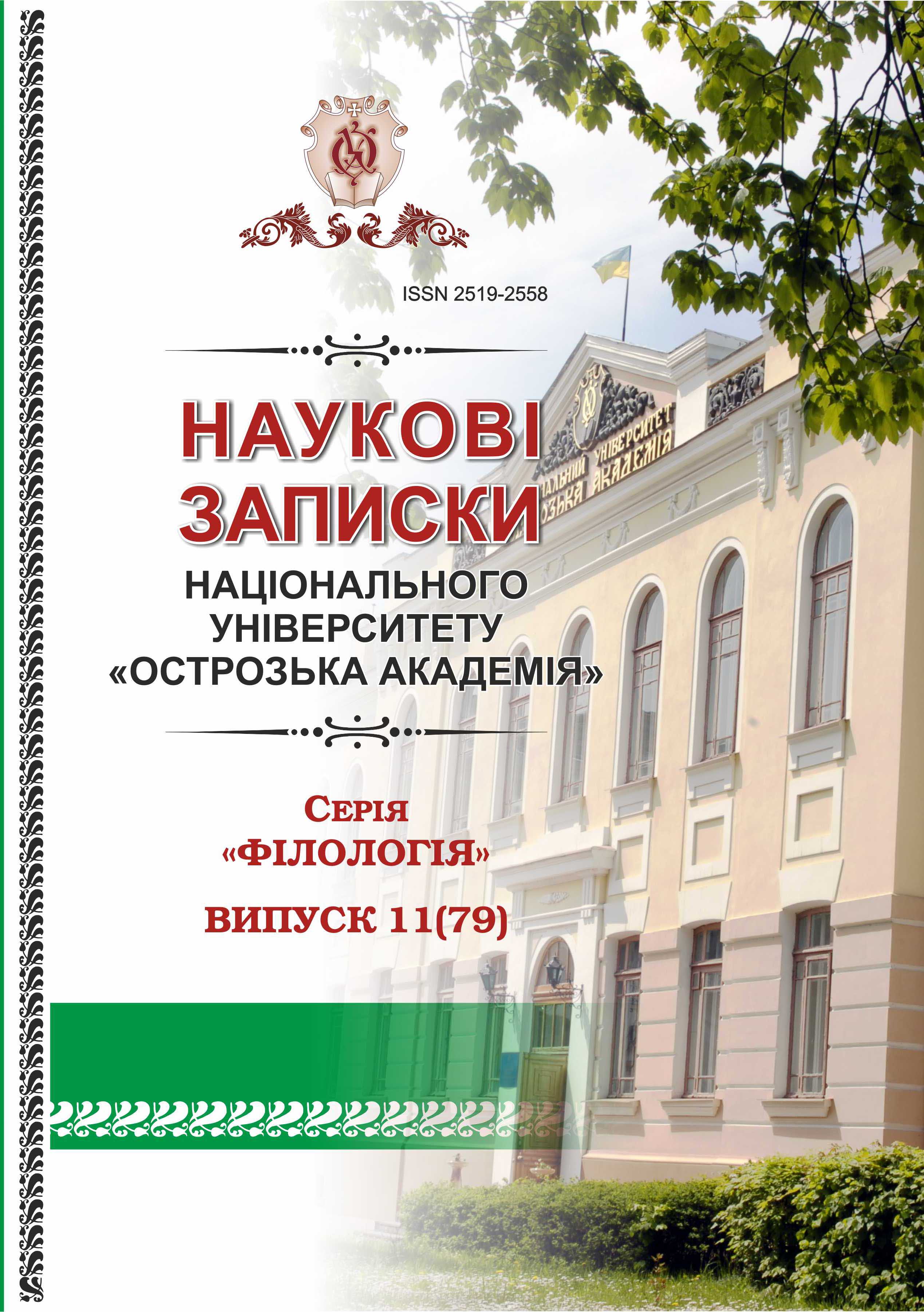INTRODUCTION OF BLENDED LEARNING IN FOREING LANGAGE TEACHING IN A MODERN UNIVERSITY
Keywords:
blended learning, face-to-face teaching, online foreign language teaching, synchronous / asynchronous leaning learning, blended learning modelsAbstract
The article explores the concept of blended learning in foreign language teaching as a new pedagogical formula that combines distance learning through digital media with classroom learning, which provides for a "co-presence" of students and teachers, and transforms learning. The use of this type of learning solves several important tasks:
1) transition to a student-centered approach built on greater self-organization of students, formation of their ability to active, productive learning;
2) defining the important role of the teacher as a co-organizer of the educational process who is able to encourage dialogue, communication in the classroom and in self-study;
3) redistribution of the workload of teachers according to the new requirements: more time to prepare for the education process and research, contributing to their commitment to professional self-development.
To elaborate a blended model of foreign language teaching for Ukrainian students, the experience of face-to-face teaching and online foreign language teaching at Oles Honchar University and the models of blended learning proposed by the Clayton Christensen Institute were analyzed, and one blended learning model known as the «lab rotation model» was proposed as the most suitable. It provides for classroom work offline as synchronous learning, and individual work online (on the learning platform) as asynchronous leaning, as well as the integration of individual learning and face-to-face learning in group formats, which will provide adaptive, more individualized training of students. It is proposed to supplement this model with elements of the «flipped classroom» model when students receive basic learning material and instructions online, and work in a more interactive form in the classroom.

